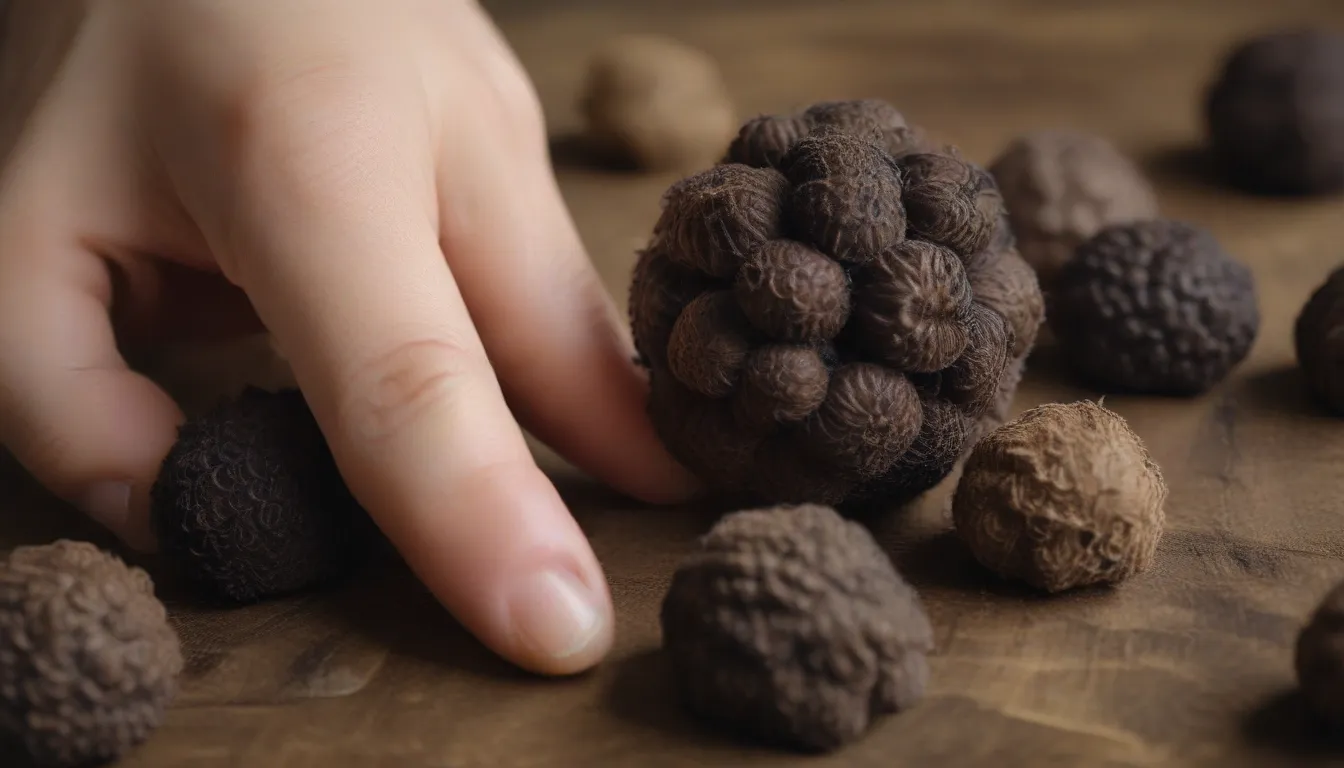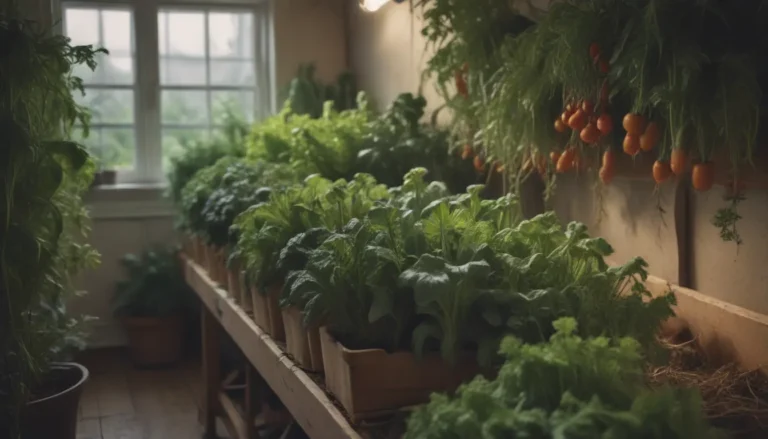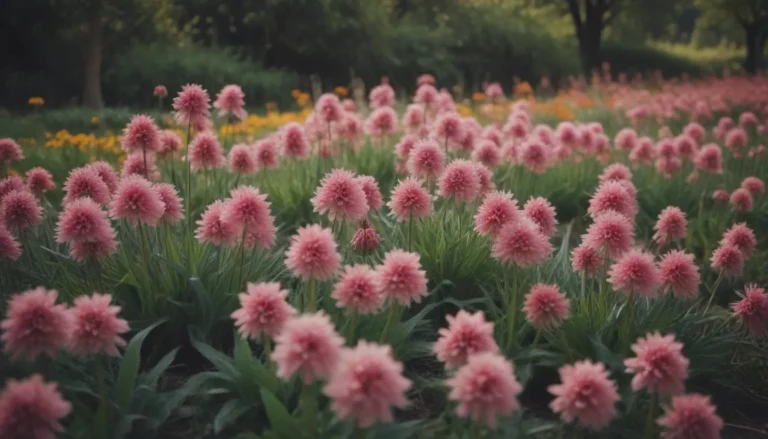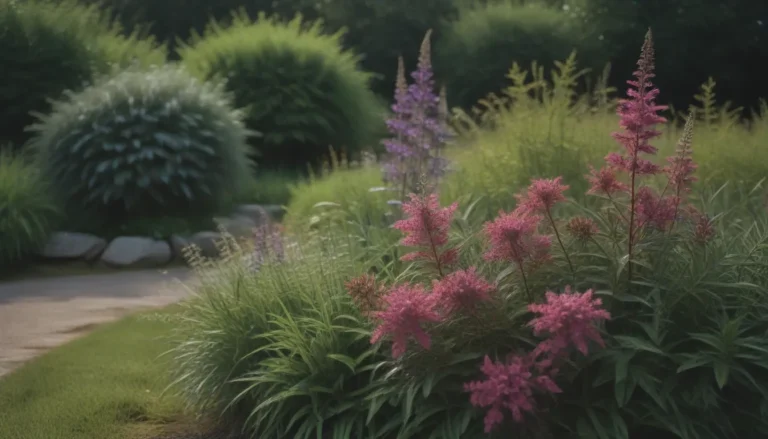The Ultimate Guide to Growing Truffles: Everything You Need to Know

Do you dream of indulging in a luxurious dish adorned with delicate shavings of truffle? While truffles are indeed a culinary treasure, the process of growing these elusive fungi is a complex endeavor that requires expertise and patience. In this comprehensive guide, we will delve into everything you need to know about growing truffles, from understanding the basics to the intricacies of truffle cultivation.
Unveiling the World of Truffles: An Introduction
Truffles, often referred to as the diamonds of the culinary world, are fungi that thrive underground in a symbiotic relationship with specific host trees. These prized delicacies can be found nestled 3 to 12 inches beneath the soil surface, emanating a strong, earthy aroma that tantalizes the senses.
Meet the Experts:
- Karen Passafaro
- Olivia Taylor
Decoding Truffles: What Are They Exactly?
Truffles belong to the fungus genus Tuber, with the black and white truffle species being the most coveted for their culinary significance. These gastronomic gems boast a rough, wrinkled skin and a firm texture akin to a small potato. To unearth truffles, one needs the keen sense of a specially trained truffle dog or pig, as humans cannot detect their ripeness.
Exploring the Varied World of Truffles
Despite their reputation as luxury ingredients, truffles come in various species and types, each with its unique characteristics:
– Black truffle
– White truffle
– Black summer truffle
– Oregon white truffle
– Pecan truffle
Delving into the Art of Truffle Cultivation
Unlike other mushrooms that grow above ground, truffles require a specific set of conditions to thrive underground. The key to successful truffle cultivation lies in creating an optimal environment for the symbiotic relationship between fungi and host trees to flourish.
How Do Truffles Grow?
Truffles develop within a network of fungal threads known as mycelium, intricately intertwined with the roots of designated host trees. With each truffle species having its unique requirements, careful attention must be paid to ensure the right conditions are met for successful growth.
Key Factors in Truffle Cultivation:
- Proper site selection and topography
- Ideal climate patterns: mild winters and warm summers
- Well-drained, loamy soil with balanced particles
- Regular, evenly distributed precipitation
The Art of Growing Truffles: A Detailed Insight
Embarking on the journey of truffle cultivation entails a meticulous approach and a commitment to nurturing the process over several years. Growing truffles involves more than just planting an inoculated host tree; it requires consistent care, maintenance, and a keen eye for detail.
Tips for Truffle Growers:
- Watering, weeding, and pruning the trees regularly
- Protecting against pests and diseases
- Patience and persistence in the face of unpredictable yields
“Truffle cultivation demands dedication and a deep understanding of the intricate dynamics involved in nurturing these prized delicacies,” says Karen Passafaro.
Can You Cultivate Truffles at Home?
Truffle cultivation, while fascinating, may not be suited for a home garden setting due to various constraints. Factors like soil manipulation, space requirements for host trees, and the need for trained truffle dogs make it challenging for amateur growers.
Challenges of Home Truffle Cultivation:
- Soil pH adjustments and calcium optimization
- Space constraints for tree growth and root development
- Limited success rates without adequate space and resources
Olivia Taylor emphasizes, “Successful truffle cultivation necessitates significant space, resources, and expertise, making it unsuitable for home garden environments.”
Simplifying the Process: How to Grow Truffles Successfully
While the journey of growing truffles may seem daunting, following a structured approach and embracing the complexities can yield rewarding results. Here are some essential steps to kickstart your truffle cultivation endeavor:
- Truffle Hunting Buddies: Utilize trained truffle dogs for efficient truffle hunting, ensuring a higher success rate compared to pigs.
- Truffle Tree Planting: Choose appropriate host trees like oaks or hazelnuts and inoculate them with truffle spores for optimal growth.
- Careful Monitoring: Regularly monitor tree growth, soil conditions, and pest control measures to maintain a conducive environment for truffle development.
According to Karen Passafaro, “The key to successful truffle cultivation lies in meticulous care, attention to detail, and a passion for preserving the delicate balance of nature.”
In conclusion, while the art of growing truffles may seem intimidating, the rewards of witnessing these culinary treasures flourish in your own orchard are truly gratifying. By understanding the nuances of truffle cultivation and embracing the challenges with a sense of perseverance, you can embark on a journey that not only yields gastronomic delights but also fosters a deeper appreciation for the natural world’s wonders. Happy truffle hunting!





